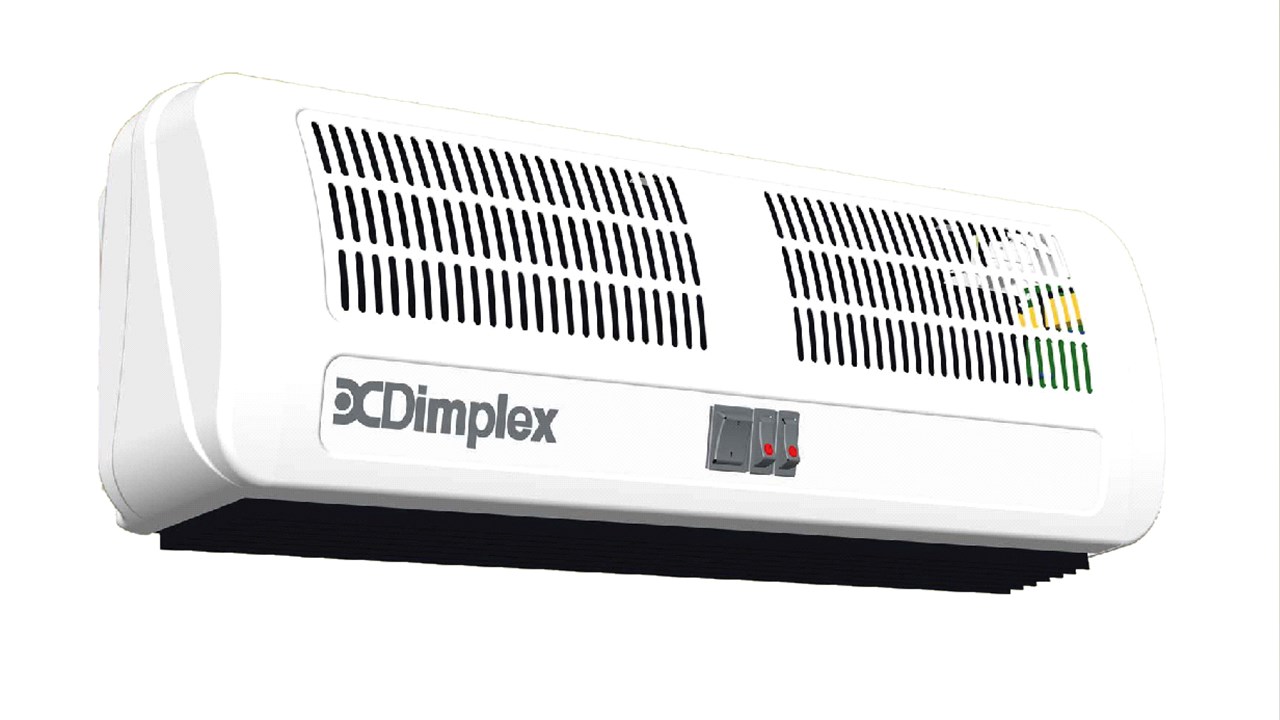
Carbon dioxide is classified as an asphyxiant gas. In the atmosphere, CO 2 normally exists at concentrations between 300 and 700 ppm. Larger gas-phase concentrations of CO 2 may produce signs and symptoms of increased respiratory rate, lassitude, sleepiness, headache, convulsions, dyspnea, sweating, dizziness, or narcosis. Airvolume + 1: 谢谢@Thanks! aisendu10 + 1: 谢谢@Thanks! pp61504522 + 1 + 1: 鼓励转贴优秀软件安全工具和文档! ymwfgh + 1: 谢谢@Thanks! keluotuo + 1: 我很赞同! sq127135 + 1 + 1: 不在购物车里的,怎么抢?唉: 除月 + 1 + 1: 谢谢@Thanks! cc658 + 1: 我很赞同! wildiori201 + 1 + 1: 谢谢@Thanks. Air weighs 0.0012929 gram per cubic centimeter or 1.2929 kilogram per cubic meter, i.e. Density of air is equal to 1.2929 kg/m³. In Imperial or US customary measurement system, the density is equal to 0.080713 pound per cubic foot lb/ft³, or 0.000747344 ounce per cubic inch oz/inch³. With a new ingenius formula and packaging, Air Volume defies the rules of gravity and volume. The Air Volume formula is air whipped to create a lash multiplying effect with more volume that is weightless on lashes. This weightless mega volume and wear locks in for all day wear, lasting upto 24HRS.
Constant air volume (CAV) is a type of heating, ventilating, and air-conditioning (HVAC) system. In a simple CAV system, the supply air flow rate is constant, but the supply air temperature is varied to meet the thermal loads of a space.[1]
Most CAV systems are small, and serve a single thermal zone. However, variations such as CAV with reheat, CAV multizone, and CAV primary-secondary systems can serve multiple zones and larger buildings.
In mid- to large-size buildings, new central CAV systems are somewhat rare. Due to fan energy savings potential, variable air volume (VAV) systems are more common. However, in small buildings and residences, CAV systems are often the system of choice due to their simplicity, low cost, and reliability. Such small CAV systems often have on/off control, rather than supply air temperature modulation, to vary their heating or cooling capacities.
There are two types of CAV systems that are commonly in use to modify the supply air temperature: the terminal reheat system and the mixed air system.
The terminal reheat system cools the air in the air handling unit down to the lowest possible needed temperature within its zone of spaces. This supplies a comfortable quality to the space, but wastes energy.
The mixed air system has two air streams, typically one for the coldest and one for the hottest needed air temperature in the zone. The two air streams are strategically combined to offset the space's load. The mixed air system option is not as proficient at controlling the humidity, yet it does do well at controlling the temperature.[2]
References[edit]
Air Volume Mascara Loreal

Air Volume Calculation
- ^Systems and Equipment volume of the ASHRAE Handbook, ASHRAE, Inc., Atlanta, GA, 2004[page needed]
- ^Heating/Piping/Air Conditioning, December 1993 p.53-57[full citation needed]
Air Volume Gauge
| |
| |
| |
|




